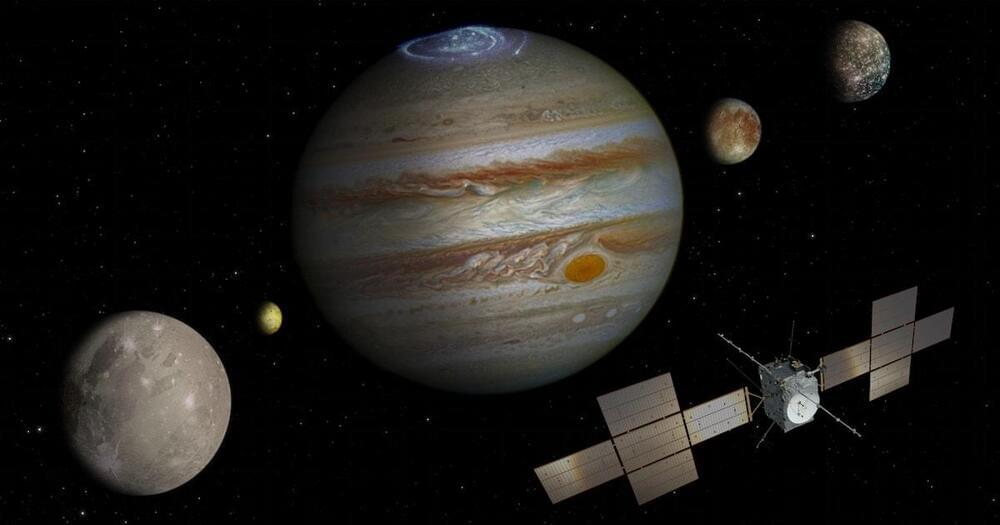Feb 8, 2023
A mesothelium divides the subarachnoid space into functional compartments
Posted by Dan Breeden in category: space
A fourth meningeal layer acts as a barrier that divides the subarachnoid space into two distinct compartments.
A fourth meningeal layer acts as a barrier that divides the subarachnoid space into two distinct compartments.

If there’s one thing I can’t stand it’s an uppity machine.
An excerpt from the 1968 film “2001: A Space Odyssey” directed by Stanley Kubrick.
Continue reading “HAL 9000: ‘I’m sorry Dave, I’m afraid I can’t do that’” »
The discovery is putting into question everything astronomers believed about ring systems.
Astronomers from the University of Sheffield discovered a new ring system around a dwarf planet on the edge of the Solar System, according to a press release. The discovery calls into question current theories about how ring systems are formed since the ring system orbits much further out than is typical for other ring systems.
Around a dwarf planet.
Continue reading “Astronomers discovered breakthrough ring system in our Solar System” »
After the news in January of the James Webb Space Telescope spying rings around Chariklo—a tiny world over two billion miles away from Earth—new research reveals another remote ringed world in the solar system.
Quaoar (pronounced “kwar-waar”) is a dwarf planet about 700 miles/1,110 kilometers in diameter—about half the size of Pluto—that orbits the Sun beyond Neptune in the remote and cold Kuiper belt region. It has a tiny moon called Weywot.
Scientists have found rings around Quaoar, a small body in the solar system about half the size of Pluto.
A form of red giant known as red clumps have been founding to be “glitching” in their cores at an alarmingly high proportion.
New results from the James Webb Space Telescope challenge prevailing models of the early universe.
The object belongs to the poorly known sub-kilometer category of asteroids in the main belt. An asteroid roughly the size of Rome’s Colosseum — between 300 to 650 feet (100 to 200 meters) in length — has been detected by an international team of European astronomers using NASA’s James Webb Space Telescope. They used data from the calibration of the MIRI instrument, in which the team serendipitously detected an interloping asteroid. The object is likely the smallest observed to date by Webb and may be an example of an object measuring under 1 kilometer in length within the main asteroid belt, located between Mars and Jupiter. More observations are needed to better characterize this object’s nature and properties. Credit: NASA, ESA, CSA, N. Bartmann (ESA/Webb), Martin Kornmesser (ESA), Serge Brunier (ESO), Nick Risinger Photopic Sky Survey)

Three of the four Galilean moons around Jupiter might have oceans beneath their ice.
The Jupiter Icy Moons Explorer (Juice) mission is set to launch in April 2023.
NASA’s Curiosity Mars rover has stumbled across yet another fascinating discovery while exploring the planet’s barren surface.
This time, it appears to be an iron-nickel meteorite dubbed Cacao, which measures roughly a foot across and can be seen in an ultra-high resolution image, stitched together from 19 individual photos taken by the rover on January 28.
The mysterious object’s lovely silver metallic hue stands out like a sore thumb in the surrounding, rust-colored landscape, a sulfate-bearing region of the Red Planet’s Mount Sharp.
A combination of citizen science and machine learning is a promising new technique for astronomers looking for exoplanets.
